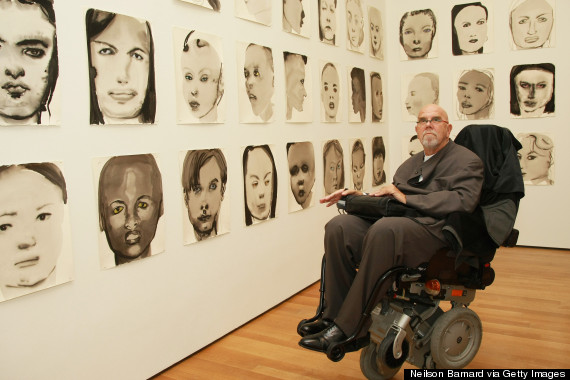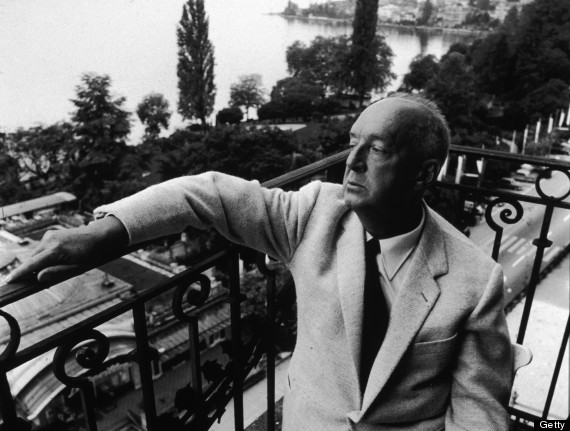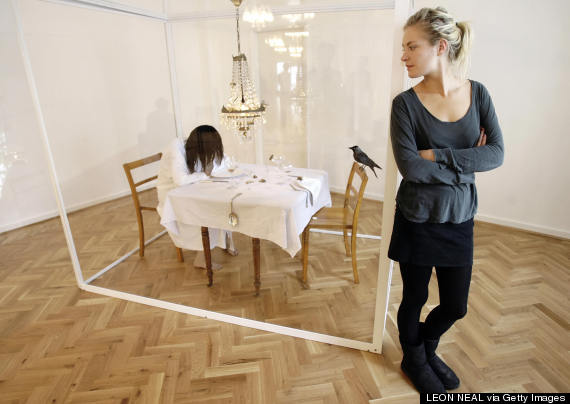
Sometimes the best ideas come to the person who isn’t actively searching for them.
We spend a lot of time racking our brains in morning meetings and staring at blank computer screens waiting for an aha moment, but science shows we might be better off removing ourselves entirely from our typical work environment to gain a fresh perspective.
Earlier this year, Stanford University researchers found that a person’s ability to think creatively increases almost 60 percent when they abandon that office chair for a stroll around the block. And taking brief, unplugged vacations and spending time outdoors specifically have proven to help us arrive at our best ideas and improve our decision-making abilities.
Of course, great creative minds don’t necessarily take a cue from science or wait around for research to back up their methods -- they arrive through intuition and discipline at the habits and practices that lead to their best ideas and greatest successes. Here are 10 people who found some of their best ideas by stepping out the office, away from the noise and into spaces that encourage their creativity rather than stifle it.
Bill Gates

About a decade ago, people were asking the former chairman of Microsoft how he came up with the ideas and decisions that led to his overwhelming success, and he told them: “Think Week.” He spent seven consecutive days in total seclusion to simply be with his thoughts. No outside visitors were allowed at his quiet cottage during this time -- not even family members. Twice a year, he used his time alone to read nearly 100 papers, think about the future of technology and what it could mean for his company.
Pyotr Ilich Tchaikovsky

Every morning before sitting down to work on his latest musical creation, Tchaikovsky took a short stroll around his quiet village, 50 miles outside of Moscow. He took another walk after lunch, finding that this time was critical to his work. He would actually stop mid-walk to jot down an idea that he would later test out on his piano at home.
Maya Angelou

Angelou, the late poet and civil rights activist, was full of inspiring words, most of which came to her in hotel rooms she rented for the sole purpose of writing. Even as a homeowner, she chose to inhabit these solitary spaces when it was time to get to work.
"As of 2013, she still kept a hotel room in her hometown, which she paid for by the month," wrote Julie Zeveloff on Business Insider. "And she insisted on keeping the sheets unchanged, and taking all the art off the walls."
Chuck Close

Famed photorealist Chuck Close paints every day, but separates his morning and evening sessions with a routine that enhances his creative abilities. After working for three hours in the morning, he always either takes an hour-long break poolside or at the beach. He then returns to work until the sun begins to set.
Vera Wang

Fashion icon Vera Wang may be a businesswoman, but she is a creative designer by nature. And she understands that it's difficult to be truly creative in the midst of business-side demands, from customer service to personnel issues. To tap into her creative side, Wang has to put physical space between herself and these distractions, which for her means designing from the comfort of her own bed.
Steve Jobs

We all know the sedentary nature of our workspace isn’t doing us any favors, so why not be productive and creative on the go? That was the mindset of the late Steve Jobs, who held walking meetings with his team as they brainstormed their most innovative ideas for Apple and its customers.
Charles Dickens

The great English novelist found inspiration for some of his most beloved story characters as he strolled the streets of London. The city served has one of his most influential muses throughout his career.
"It triggered his imagination,” Alex Werner, the curator of the Museum of London's "Dickens and London" exhibition, told CNN. "He called it his 'magic lantern,' and would spend hours pacing the streets, drawing inspiration from what he saw around him."
Toni Morrison

Before this American novelist could put her pencil to paper each morning, she needed to pause and watch the sun come up in complete silence and stillness. This ritual put her in an entirely different space psychologically, preparing her mind and body to begin the creative process each day.
"Writers all devise ways to approach that place where they expect to make the contact, where they become the conduit, or where they engage in this mysterious process," Morrison said in a 1993 interview for The Paris Review. "For me, light is the signal in the transaction. It's not being in the light, it's being there before it arrives. It enables me, in some sense."
Vladimir Nabokov

The author who gave us Lolita and Pale Fire approached writing in a rather unconventional way. Rejecting the use of a typewriter altogether -- not to mention a desk chair -- Nabokov found that his best words came to him while sitting in his car. He jotted down note after note on index cards, and then transformed the "decks" into the works he is so well-known for today.
Polly Morgan

This eccentric Brit is known for using taxidermy to create her works of art, and has been sharing these pieces in exhibitions since 2006. When she is confronted with a case of creativity block, she leaves her home to take her dogs for a walk. Getting out of the house with dogs in tow helps Morgan open her mind to new inspiration waiting around the corner.
“The sense of guilt I feel when my dogs are indoors forces me out at regular intervals,” she told The Guardian. “One of my favourite new ideas came about when I stopped to examine a weed growing in the forest I walk in.”